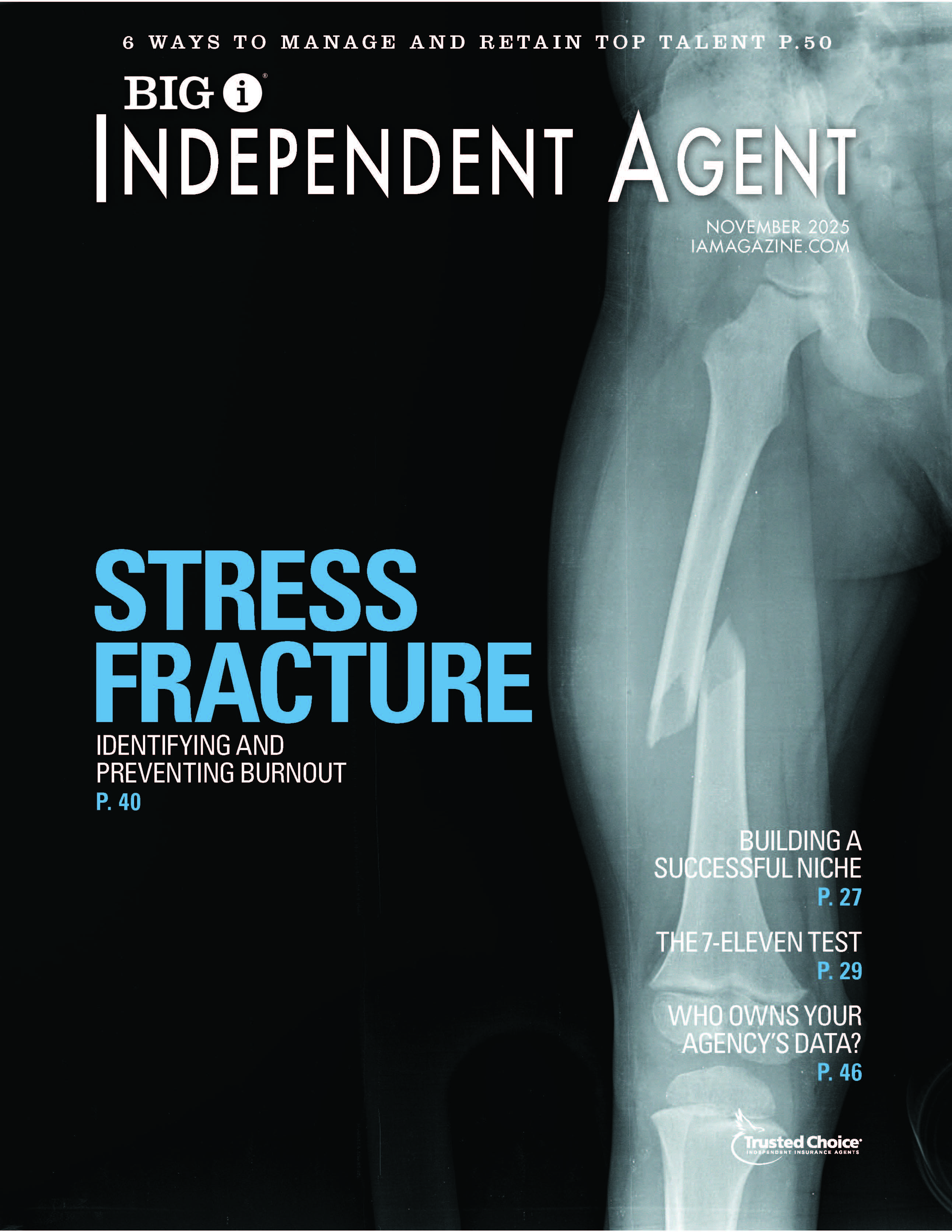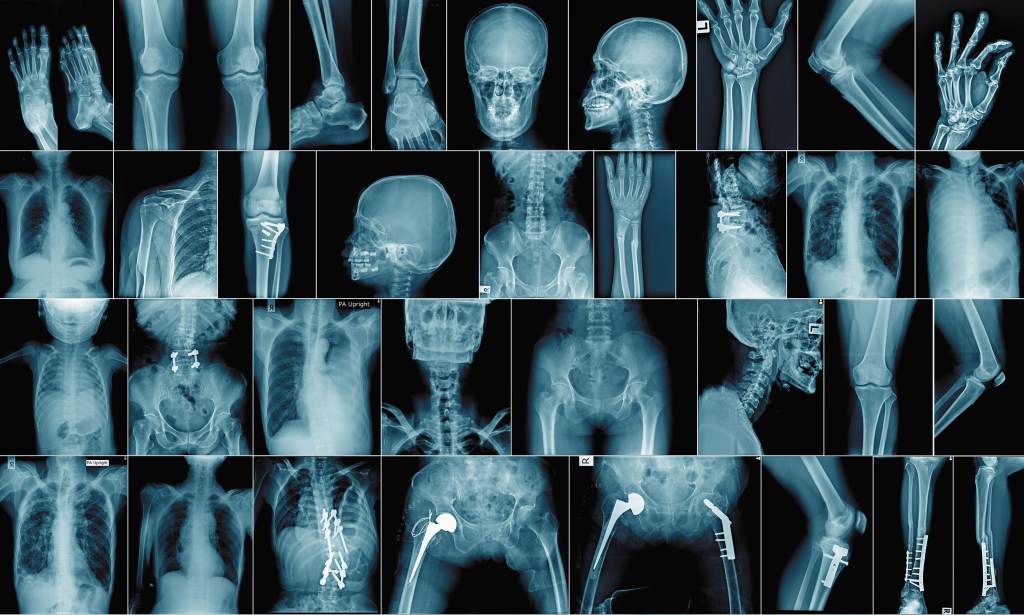Is Employee Incentive Compensation a Catch-22?

By: Jim Redeker
The purpose of employee incentive compensation is clear—it encourages employees to sell more insurance, which generates more income. This creates a win-win: Customers receive better coverage while the agency benefits from the additional sales. Insurance agencies also participate in carrier incentive programs based on the amount of coverage the agency places through the carrier or loss ratio for that business.
But what’s the relationship between incentive compensation and E&O risk? Conventional wisdom tells us that attempting to sell additional coverage or policies at higher limits drives down E&O exposures—the customer either receives better insurance or the agency winds up with proof that the customer has declined it.
But when the primary focus shifts from meeting the customer’s needs to meeting agency targets or increasing business placed with a particular carrier, the temptation to cut corners grows. Typical claim scenarios include taking applications over the phone and failing to secure a customer signature; failing to review proposals to see if they provide the information the application requests; and failing to review policies to ensure they cover what the customer requested in the first place.
We can’t say for certain that employee incentive compensation plans are the sole reason for these errors. But anything that leads an insurance professional to take shortcuts on essential processes greatly increases the likelihood of an E&O claim.
Some agencies have taken employee incentive compensation one step further. Employees reap the benefits of selling more insurance through greater compensation, but they are also responsible for the insurance agency’s deductible if a customer files a claim against the agency. While passing the deductible cost to the employee responsible for the alleged error in no way covers the agency’s entire cost for the E&O claim, it helps lessen the cost—and hopefully reinforces better practices among agency employees.
One such practice all employees should adopt is documenting the refusal of any customer to accept a coverage type or limit recommendation. Westport Insurance feels so strongly about this documentation that it reduces insureds’ deductible by 50% in any claim where the agency customer alleges they should have had a type of coverage or higher limits—but the agency has contemporaneous, written documentation that it did so.
This type of documentation greatly assists in the defense of the insurance agency and reduces the overall cost of the claim, thereby creating a win/win/win for the insurance agency, the agency employee and the E&O provider.
Consider the following example: In a class action case filed against a Westport Insurance insured, the agency offered a specific insurance product to home inspectors, which met the state’s statutory requirement. But the product was the bare minimum coverage required for a home inspector to obtain a license and did not include E&O coverage for items the inspector might miss.
The homeowner later discovered extensive termite damage and filed suit against the home inspector who missed the damage. The home inspector had purchased a stand-alone E&O policy, which settled the claim, but the E&O carrier then filed a class action suit against the insured’s agency for selling coverage to home inspectors and representing it as complete coverage.
Westport produced a disclosure to explain that the product the agent offered met the statutory minimum coverage required to obtain a home inspector’s license. The document stated that the applicant may want to consider other coverages, including E&O coverage. Each of the agency’s clients signed and dated these disclosures when applying for the home inspector’s coverage.
This disclosure was the cornerstone of the summary judgment motion filed on behalf of the agency and granted by the court. The court found there was no ambiguity in what Westport sold the home inspectors.
Jim Redeker is vice president and claim manager at Swiss Re Corporate Solutions and works out of the Overland Park, Kansas office.










